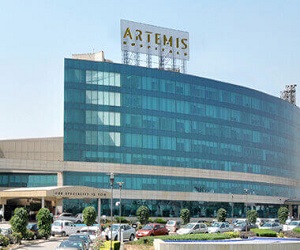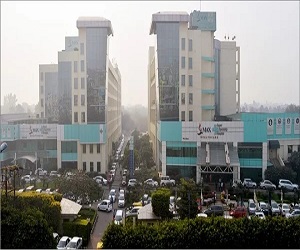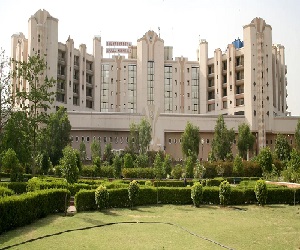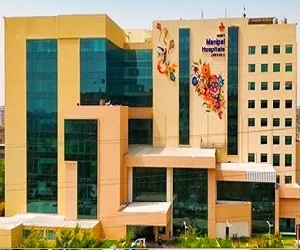Coronary angioplasty is a medical procedure that opens up narrowed or blocked coronary arteries using a balloon. It’s a minimally invasive procedure done while the patient is awake, using sedation and local anesthetic. This procedure typically takes place in a specialized room called a ‘cath lab,’ short for cardiovascular catheterization lab. It’s the most common treatment for patients with coronary artery disease (CAD) to improve blood flow to the heart through the coronary artery. CAD can be diagnosed using various tests like ECG, Heart CT Scan, Exercise stress test, and nuclear stress test. Coronary angiography, a minimally invasive procedure, can also be done to detect CAD.
To perform a coronary angioplasty, the doctor inserts a flexible thin tube called a catheter into one of the arteries, usually in the groin, wrist, or arm. This process, called catheterization, allows the doctor to guide a tiny balloon through the catheter and position it in the coronary artery where it’s narrowed. The balloon is then inflated to widen the blockage. The procedure is done under local anesthetic, and the patient is typically awake. It’s considered a minor procedure since it’s minimally invasive and involves only a small incision. The whole process usually takes between 30 minutes to 2 hours, with a success rate of 98% or more. While not usually dangerous, complications like bleeding disorders can increase the risk slightly, with less than 2% of people experiencing death as a result. After the procedure, the catheter is removed, and the incision is sealed.
After procedure
Patients are typically discharged within 24-48 hours after the procedure, although sometimes they may need to stay longer for monitoring. Before discharge, the healthcare provider gives all necessary instructions regarding dressing the incision site, managing pain, and bathing. After going home, patients can resume normal daily activities that aren’t strenuous. Following a heart-healthy diet is crucial to prevent complications and avoid further artery blockages. It’s important to quit smoking and limit alcohol consumption. Additionally, it’s recommended to refrain from driving for about a week after coronary angioplasty, or as advised by the healthcare provider.
Peripheral Angiogram Treatment cost in India are as follow
| Treatment | Cost in USD | Hospital stay |
| Coronary Angioplasty | 4500-6500 | 0-1 Day |
| Peripheral Angioplasty | 1500-2000 | 1-2 Days |
| Peripheral Angiogram | 200 | 1-2 Days |
| Coronary Angiogram | 500-700 | 0-1 Day |
| Renal Angiogram | 150 | 0-1 Day |
Frequently Asked Questions
Q:How Long Does the Coronary Angioplasty Procedure Take?
A:The Coronary Angioplasty procedure usually takes about 30 minutes to 2 hours.
Q:Will I Need to Stay in the Hospital After Coronary Angioplasty?
A:Yes, you may need to stay in the hospital overnight for observation after Coronary Angioplasty.
Q:Will I Need Follow-Up Appointments After Coronary Angioplasty?
A:Yes, you will need follow-up appointments after Coronary Angioplasty to monitor your recovery and assess the effectiveness of the procedure.
Q:How do I choose a hospital for Coronary Angioplasty in India?
A:Kindly share your report














